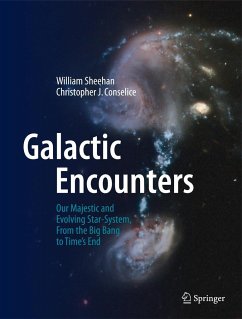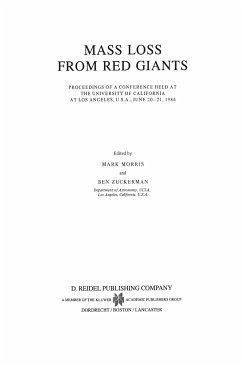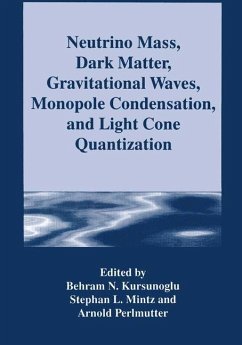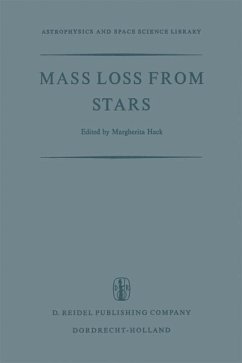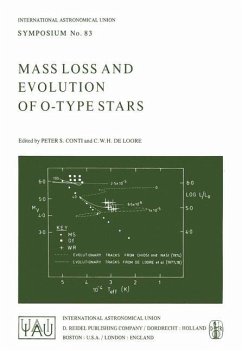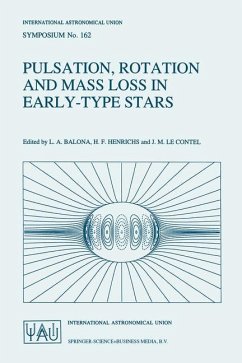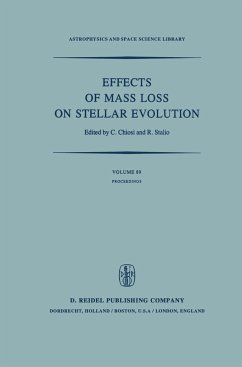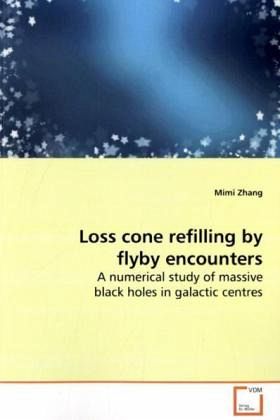
Loss cone refilling by flyby encounters
A numerical study of massive black holes in galactic centres
Versandkostenfrei!
Versandfertig in 6-10 Tagen
39,99 €
inkl. MwSt.

PAYBACK Punkte
20 °P sammeln!
A gap in phase-space, the loss cone (LC), is openedup by a supermassive black hole (MBH) as it disruptsor accretes stars in a galactic centre. If a starenters the LC then, depending on its properties, itsinteraction with the MBH will either generate aluminous electromagnetic flare or give rise togravitational radiation, both of which are expectedto have directly observable consequences.The thesis begins with a brief review of dynamicalmodelling collisionless galaxies. Then the generalscheme is developed to construct high-resolutionN-body models. Next, a suit of optimized model andcode, both ha...
A gap in phase-space, the loss cone (LC), is opened
up by a supermassive black hole (MBH) as it disrupts
or accretes stars in a galactic centre. If a star
enters the LC then, depending on its properties, its
interaction with the MBH will either generate a
luminous electromagnetic flare or give rise to
gravitational radiation, both of which are expected
to have directly observable consequences.
The thesis begins with a brief review of dynamical
modelling collisionless galaxies. Then the general
scheme is developed to construct high-resolution
N-body models. Next, a suit of optimized model and
code, both having high-resolution at the centre, are
used follow the evolution of flyby encounters for a
broad range of satellite parameters. The penultimate
chapter describes how the findings are used to
predict a MBH fuelling rate driven by orbiting
substructures within the dark matter halo. Finally, I
summarize the findings and provide some future work.
up by a supermassive black hole (MBH) as it disrupts
or accretes stars in a galactic centre. If a star
enters the LC then, depending on its properties, its
interaction with the MBH will either generate a
luminous electromagnetic flare or give rise to
gravitational radiation, both of which are expected
to have directly observable consequences.
The thesis begins with a brief review of dynamical
modelling collisionless galaxies. Then the general
scheme is developed to construct high-resolution
N-body models. Next, a suit of optimized model and
code, both having high-resolution at the centre, are
used follow the evolution of flyby encounters for a
broad range of satellite parameters. The penultimate
chapter describes how the findings are used to
predict a MBH fuelling rate driven by orbiting
substructures within the dark matter halo. Finally, I
summarize the findings and provide some future work.



